Address: 93 Sule Pagoda Road
Year built: 19th century
Architect: Unknown
Given its central location, this mosque is one of Yangon’s largest and most popular. Built in the 19th century, some believe it was founded by immigrants from East Bengal, today’s Bangladesh. Another source states that Bengalis from Calcutta built it and that it was later taken over by the faithful from Chittagong in today’s Bangladesh. The same source holds that this mosque was built as early as 1862. If true, this would refer to an earlier wooden structure, with the masonry building coming later.
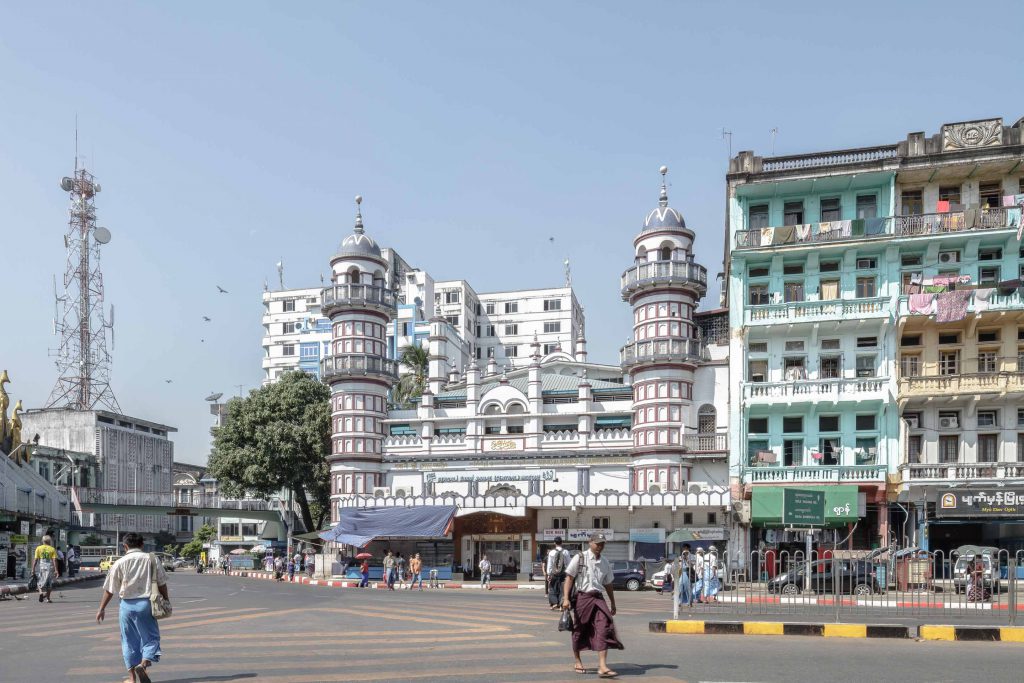
Today, the mosque’s façade is covered with colourful tiles. The minarets overlook the central roundabout next to the Sule Pagoda. (Many of Yangon’s mosques are in good condition. As active places of worship, they are often repainted and refurbished.) An adjacent madrasa offers courses in religion, Arabic and other languages.
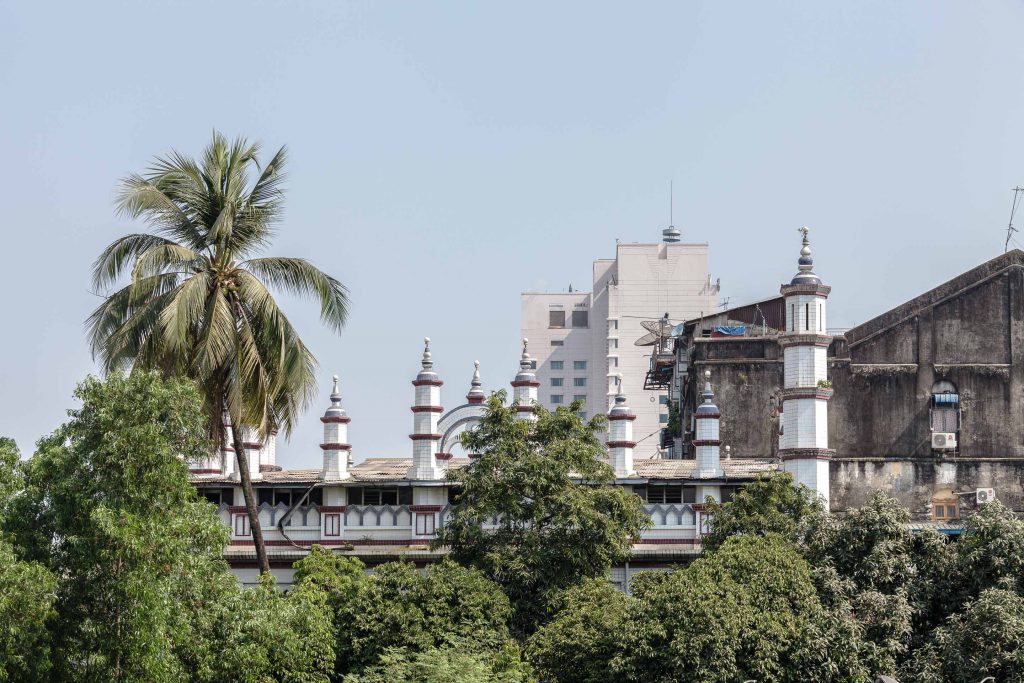
The street in front of the mosque was the site of a rare protest in 2012. About 50 Muslim demonstrators convened here, calling attention to the murder of 10 passengers aboard a bus in Rakhine State. Inter-communal violence between Buddhists and Muslims has flared across the country sporadically. This was especially the case in 2013. Thanks in part to former student leader Mya Aye, a Muslim, the situation in front of the Bengali mosque remained under control. In spite of deadly unrest in other parts of the country, harmonious inter-religious relations have always been one of Yangon’s defining—and inspiring—features.
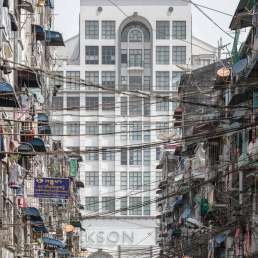
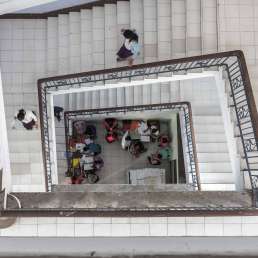
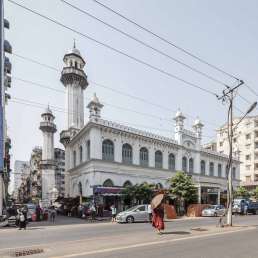
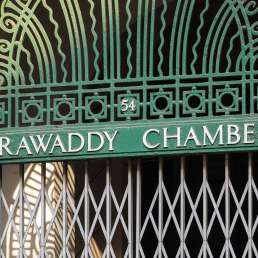
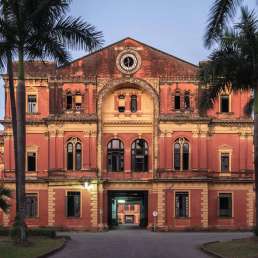
Assalamu Alaikum
Sir, I’m Mohammad Mujibul Hoque From Chittagong Bangladesh …
My mother was born in Yangon (former Rangoon). My mother’s grandfather was the Imam of Kokai Mosque in Rangoon. His name was Fayez Ahmed, he had two sons. One was named Kamal and the other was named Dil Mohammad …
I don’t know if he is alive … Their house was in Adhunagar, Satkania, Bangladesh .. Can you do some research?
Thanks